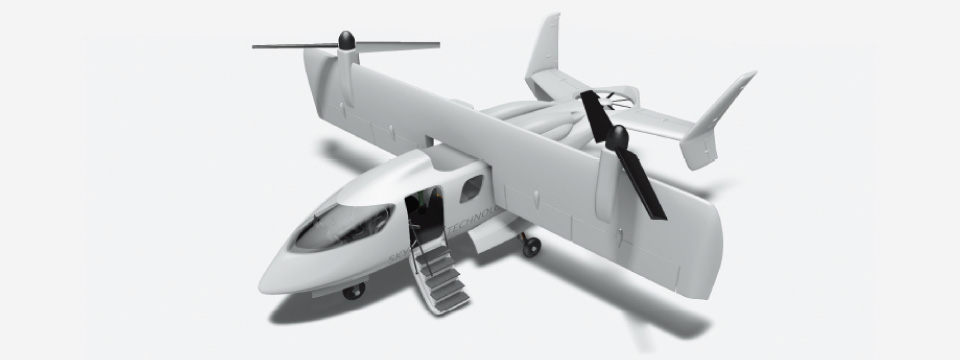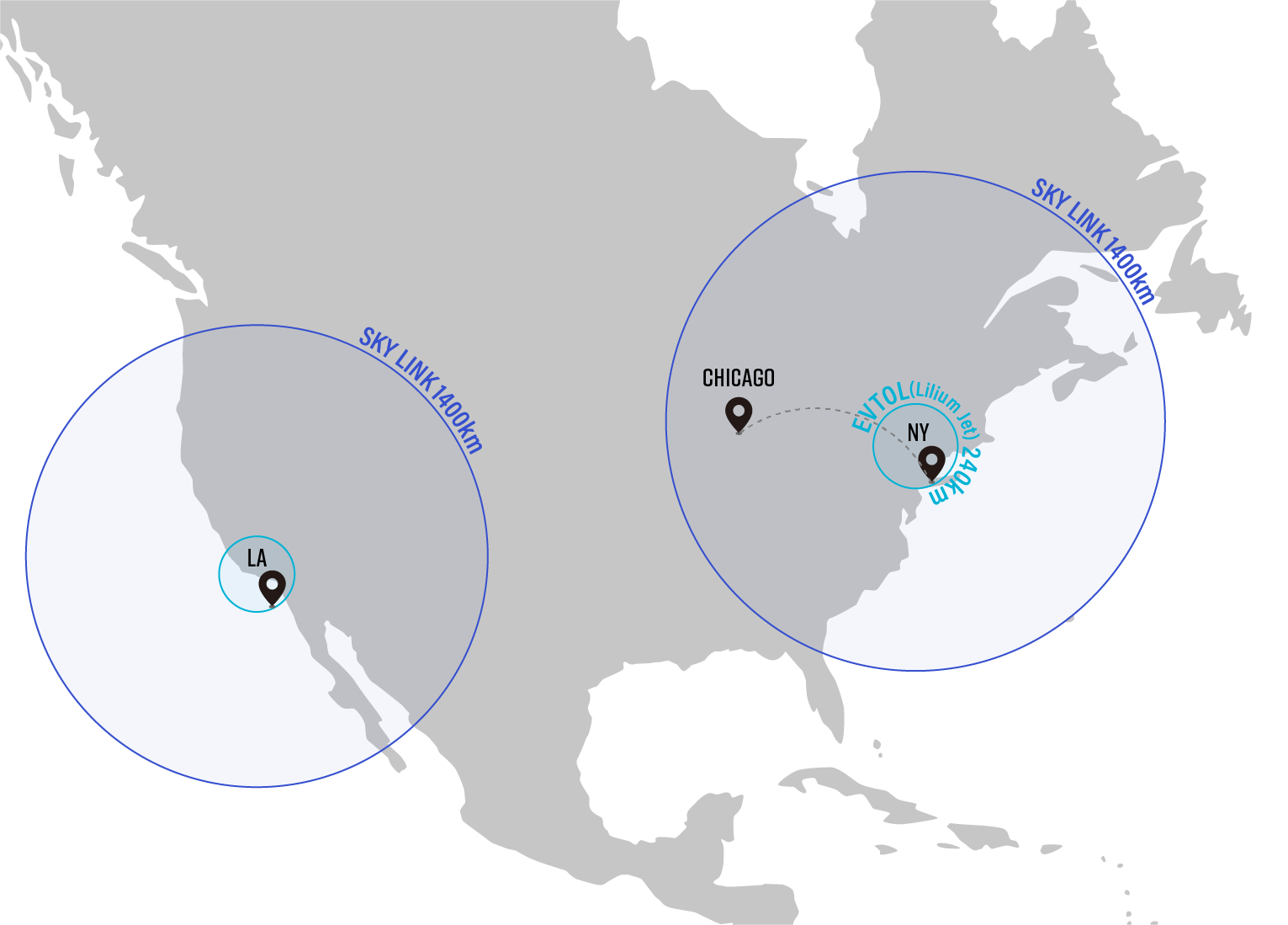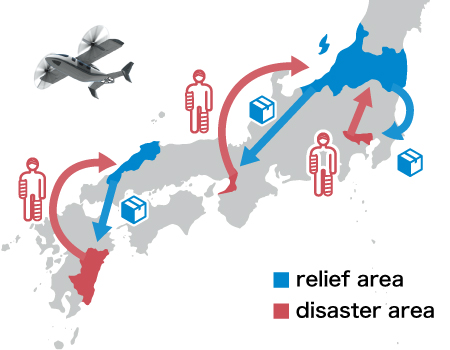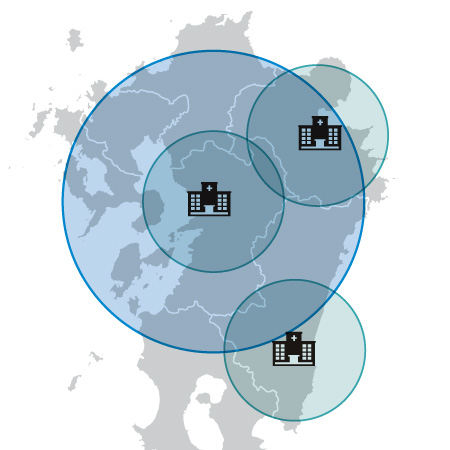VISION
Practical and Realistic Solutions to
Produce Innovation in VTOLs
The development of EVTOLs (Electric Vertical Takeoff and Landing) aircraft is progressing worldwide.
However, these aircraft face significant challenges due to constraints in onboard power capacity.
We believe it will take a considerable amount of time to resolve this issue.
Our practical engine-driven VTOL serves as a precursor to EVTOLs, helping produce needed infrastructure and pioneering the market.
Additionally, we prioritize environmental considerations by enabling the use of Sustainable Aviation Fuel (SAF) and plan to swiftly transition to fully electric operations once battery performance has improved sufficiently.
Our VTOL facilitates three-dimensional transportation within a 1400-kilometer radius.
Transforming the world with long-range, high-speed mobility.
Developing tilt-wing aircrafts to overcome mobility barriers.
Despite technological advancements, various mobility challenges still exist worldwide, such as time loss due to traffic congestion and the hassle of transfers.
Our goal is to overcome these barriers, enabling anyone to travel freely—anytime, anywhere—quickly reaching their desired destination and doing what they want.
SLT’s tilt-wing aircraft is designed to create such a rich and fulfilling experience.
Three Key Features of SLT’s Tilt-Wing Aircraft

-
- Vertical Takeoff and Landing
- Since it can take off and land vertically, a traditional runway is not required. Operations are possible with just a compact landing and takeoff area.
-
- Long Range Flights
- Previous manned drones and eVTOLs have not been able to achieve sufficient flight range. Our aircraft utilizes an engine-based system, enabling a range of 1,400 km.
-
- High-Speed
- A tilt-wing aircraft, which can extend its wings and propellers horizontally, allows for increased speed. Our tilt-wing aircraft achieves a top speed of 650 km/h.

The Social Value of Tilt-Wing Aircraft
-
- Infrastructure Challenges
- Flying cars can establish a transportation network with significantly lower investment and shorter construction time compared to high-speed rail or roads, and also reduce maintenance costs.
- Infrastructure Investment Comparison
- High-speed rail: Approx. 400 km → ~6 trillion yen
Highway: Approx. 250 km → ~4.4 trillion yen
Flying car landing pad: Per location → ~100 million to 500 million yen (estimated)

-
- Disaster Relief Support
-
In the event of a large-scale disaster, tilt-wing aircrafts can aid in transporting victims / supplies from outside the affected areas.
With its extended range and high speed, it enables nationwide response capabilities.
(Outbound: Delivery of relief supplies / Return: Rescue of injured individuals, etc.)

-
- Emergency Medical Services
- By leveraging its high speed, it can rescue patients from an area approximately four times larger than that covered by a doctor helicopter.
- Blue line
- Coverage Area of SLT’s Tilt-Wing Aircraft
(112 km Radius from Base Hospital) - Green line
- Coverage Area of Doctor Helicopter
(55 km Radius from Base Hospital)

Advancement of the Aviation Industry
We aim not only for our own growth but also for the advancement of Japan's aviation and manufacturing industries.
Open Seminar for the Development of Japan's Aviation Industry

Although Japan possesses sufficient technological capabilities, the challenge of "type certification" has hindered the full development of its aviation industry and, by extension, its manufacturing sector. To support this growth, we are collaborating with TJAD to host an open seminar where all professionals involved in or aspiring to enter the aviation industry can participate.


